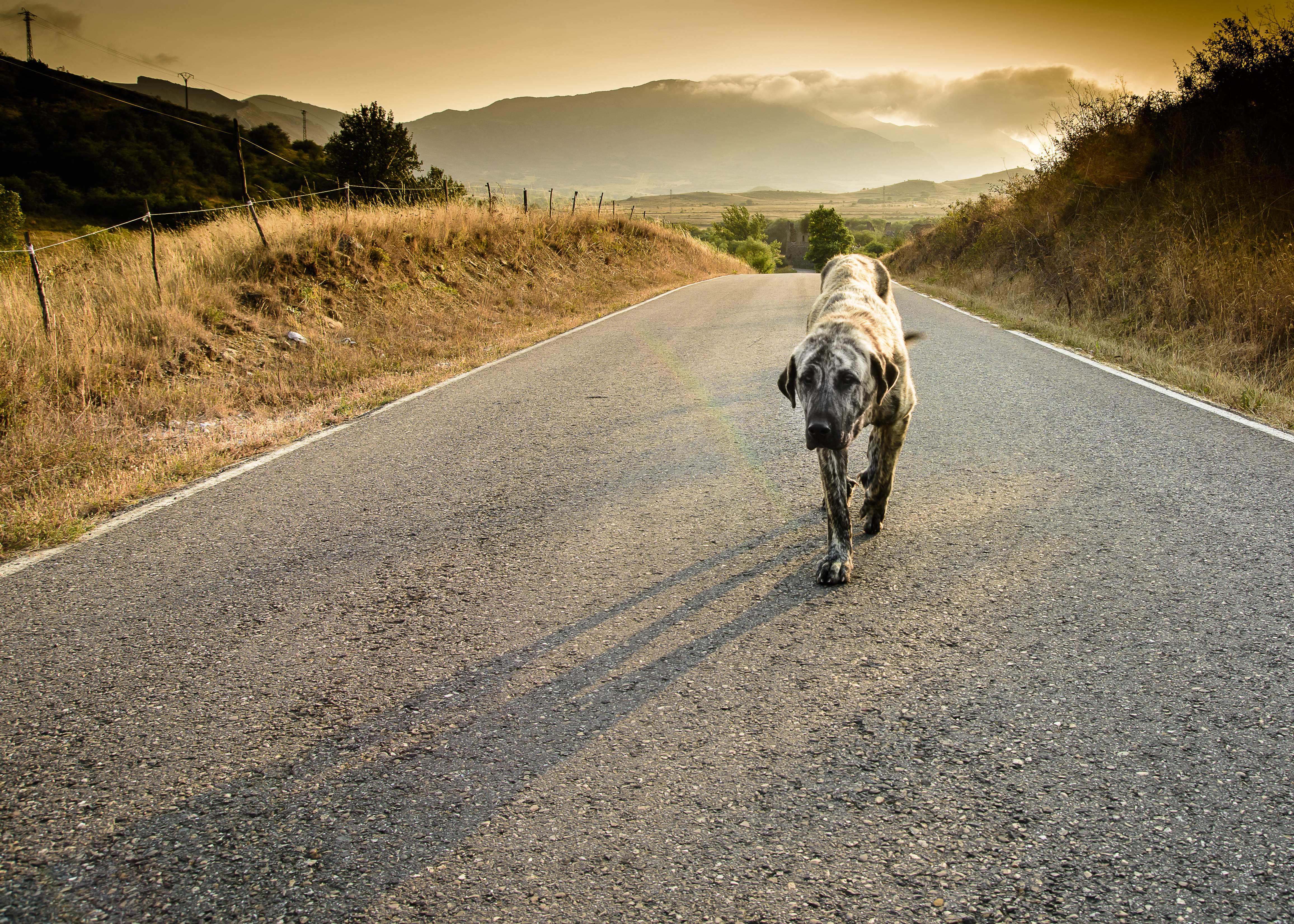
Lost and Found: The Importance of Microchipping Your Pet
You’re out for a walk and your dog slips out of his collar. He is off and running. You open the door and your cat scatters out. Disappearing under a neighbor’s bush. Your furbaby is lost and as much as you call, s/he is not responding.
What can I do to find my pet?
- Distribute images of your cat or dog around your neighborhood
- Call the local animal rescue or vet notifying them of your loss
- Notify neighbors and friends to aid in the search
- Post on community boards: both online and in-store
Here are some things you should have in place before a loss occurs:
- Make sure your pet has ID tags attached to his/her collar
- Have a picture of you and your pet available should you need proof of ownership
- Keep your dog leashed when going outside
- Microchip your pet
What is a microchip? A microchip is a tiny computer chip— no bigger than a grain of rice — that contains an identification number that is unique to your pet.
How is a microchip applied? A microchip is implanted underneath your pet’s skin with a needle and syringe - similar to a common vaccine. It is usually injected between the shoulder blades by a licensed vet or vet technician.

How can a microchip help reunite me with my pet? When viewed under a special scanner, the chip emits a radio frequency that reveals the name of the microchipping agency, along with the unique identification number assigned to your pet. The agency is then contacted and can provide the pet parent’s contact information. To note: A microchip isn’t a GPS transmitter, so it won’t help you track down your pet if it is roaming. It must be scanned by someone who has found your pet.
The chip only works if you register your contact information with the microchip agency – which is usually done when the microchip is implanted. Otherwise, they won’t have any way to reach you. Most microchip databases are national, so if your pet gets lost and crosses state lines (or if they get lost while you’re moving) a scanner can still identify the agency and obtain your contact information.
Here’s to keeping our pets safe and at home!
